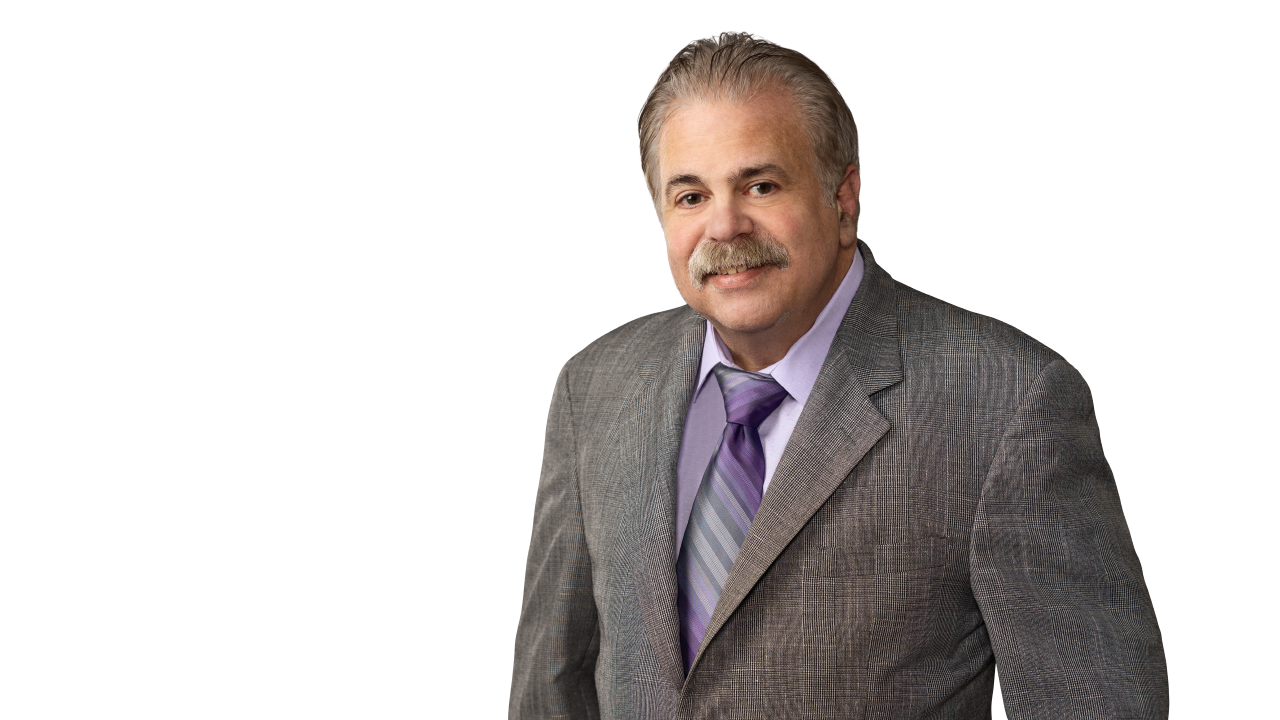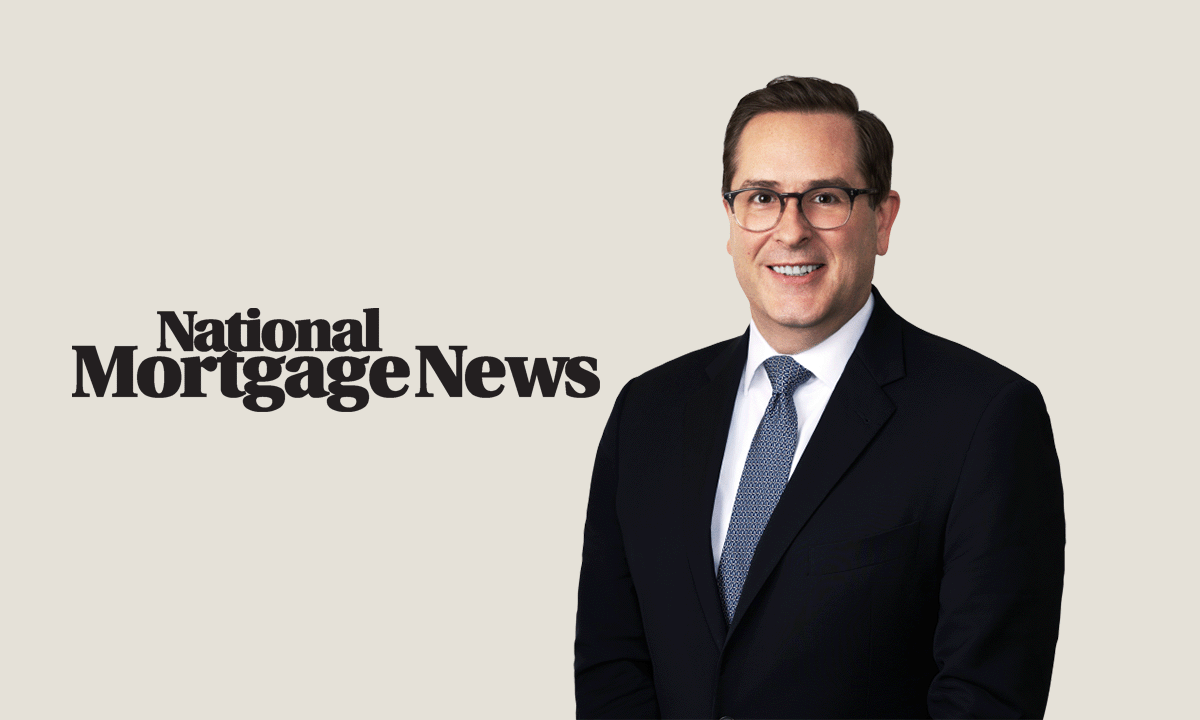Insurers Are Confronting the Combined Forces of Social Inflation, Price Level Inflation, and Greenflation
Insights for Insurers Alert | 7 min read
Jul 28, 2022
Insurers and their corporate policyholders have been confronting social inflation since the 1970s. Social inflation, which is the increasing cost of defending and resolving claims, had been raging on—with various ebbs and flows—until the court closures and delays associated with the COVID-19 pandemic provided a temporary abatement in 2020.[i] Since emerging from pandemic-related shutdowns and court closures, insurers and their corporate policyholders have confronted something they have not encountered previously to any significant extent—social inflation coupled with substantial price level inflation. [ii]
Indeed, the U.S. is experiencing the highest price level inflation in more than 40 years. On July 13, 2022, the U.S. Department of Labor reported that consumer prices increased 9.1% compared with a year earlier, representing the largest yearly increase since 1981. [iii] The next day, the U.S. Department of Labor reported that the U.S. producer price index increased 11.3% — 18% for goods and almost 8% for services. [iv] This is a harbinger of more inflation to come. Simply stated, prior reports that price level inflation was transient have turned out to be false. To make the times more challenging, many economists believe the economy is teetering on the edge of stagflation or recession, or may already be there.
In any event, insurers and their corporate policyholders now are looking down the dangerous “triple barrel” of social inflation, price level inflation, and greenflation. Greenflation reflects the increasing costs associated with “transitioning” to a green economy and striving to reach carbon neutrality. Many believe that greenflation, like price level inflation, will be neither insignificant nor transitory.
Price-Level Inflation Likely Will Fuel an Increase in Social Inflation
All other things being equal, price level inflation automatically increases social inflation by increasing the costs of defending cases, increasing settlement values, and producing higher jury verdicts. As Julian James of Sompo International recently pointed out:
Looking at the economy, we’re entering a period of high inflation and if we think about what that means, it means the cost of claims is going to increase, it means the cost of rebuilding basic things is going to increase, and it means that companies themselves are going to have to weather the impact of those inflationary demands. . . . [v]
Mr. James also referenced the impact high inflation will have on insurers themselves in terms of their own solvency requirements in times of high inflation. [vi]
Supply chain constraints have produced shortages of lumber and other building materials, driving up the costs of property repairs. Shortages of microchips have also increased costs to build and repair the property and other goods that incorporate chips. The Medical Consumer Price Index has outpaced the overall Consumer Price Index, and liability insurance losses are influenced by medical costs for injured plaintiffs. Although recent advances in medical treatments for trauma victims (such as skin grafts for burn victims, robotic exoskeletons, and advanced prosthetics) have extended longevity and improved patients’ quality of life, they have also been known to increase the cost of care. Shortages impose a reduction in supply and put upward pressure on prices. Shortages of numerous items such as baby formula, food items, and other consumer and producer goods have been widely reported.
There likely is a synergistic effect between many of the factors driving social inflation and price level inflation. For example, an inflationary environment likely will increase nuclear verdicts and create expectations on the part of jurors of large and continuing price increases, which can be expected to be factored into their awards. Media reports of multi-million and multi-billion dollar verdicts have desensitized jurors and, to some extent, have normalized large awards. Similarly, media reports of large price increases likely will result in even larger verdicts to account for jurors’ inflationary expectations.
Many economists subscribe to John Maynard Keyes’ view that some wages and prices are “sticky downward,” meaning that prices increase quickly when demand is increasing, but decrease slowly when demand is decreasing. It is not unreasonable to believe that jury verdicts will rise quickly to keep up with and even outpace inflation. A surge in defense costs, settlement values, and jury verdicts may result from the combination of price inflation and social inflation. We suggest that social inflation is “sticky downward.”
High Inflation Increases the Costs of Claims
The most direct effect of high inflation on insurance is upward pressure on claims verdicts and settlements, potentially leading to losses beyond those contemplated by insurers when issuing policies and setting premiums.
Greater precision will be required to account for inflation in connection with reserving and pricing, as elevated price levels increase the stakes of accurately accounting for the impact of inflation. It is likely more complicated than simply plugging in a new number for the inflation rate or the proper discount rate.
Claims frequency and severity can be impacted by inflation. The rising cost of claims can erode underwriting profits in the current year and increase liability through reserve or IBNR deterioration. Inflationary concerns—both price level and social inflation—require careful scrutiny to ensure adequacy of reserves. Proactive claims evaluation and resolution is imperative.
Inflation impacts each line of insurance differently. Property insurers and aviation insurers, for example, have to pay attention to the accuracy of declared values. There can be a large delta between declared values and replacement costs that is attributable to inflation.
Inflation will increase defense costs and, as such, presents particular concern for lines of insurance that contain defense obligations. Directors and officers liability,professional indemnity, auto, and general liability policies, for example, are particularly subject to inflationary pressures through rising legal defense costs as well as higher settlement values and nuclear verdicts.
Law firms are required to increase rates to attract and obtain the caliber of attorneys needed to provide the expected level of service to clients. Similarly, internal law departments are required to pay more for legal talent in this highly competitive and mobile market. Mediocre as well as top legal talent is more expensive in the current market. Simply stated, the costs of defense can be expected to continue to rise.
On the underwriting side, inflation likely will impose upward pressure on premiums. This is particularly true insofar as risks and uncertainties make policyholders unlikely to self-insure.
Insurers likely will be called upon to examine contract language and evaluate whether changes in contract language are warranted, or whether the terms of coverage otherwise should be changed to account for inflation. High inflation may alter the volume mix of policy types issued by an insurer and impact the industries or individual policyholders an insurer is willing to underwrite.
Increases in the costs of reinsurance cannot be ignored. Inflation may impact the type of reinsurance cover to secure as well as reinsurance pricing and availability. Some suggest that excess of loss cover may limit exposure to significant inflation in terms of an increase in claims severity. Others point out that aggregate covers can be more effective in managing inflation associated with claims frequency.
The Impact of Price Level Inflation on Other Insurer Operations and Activities
High price level inflation impacts other aspects of insurer operations. Inflation may result in real and even nominal reductions in investment income and may impact the availability and cost of capital. Elevated price inflation likely will impact the investment strategy and investment portfolio of insurers.
Insurers—like many other companies—are facing challenges in retaining a vibrant workforce. Insurers have experienced difficulties in attracting millennials and younger workers to join the insurance industry workforce. These dynamics present a problem in view of the number of people expected to retire near term. [vii] Rising gross wages and shrinking net wages may exasperate these issues and fuel additional turnover and position vacancies.
The Appearance of A New Form of Inflation Known as Greenflation
We have written previously about ESG/Sustainability and the impact it is having on the insurance industry and the impact the insurance industry has had on ESG. [viii] The “E” or environmental component of ESG has several facets, the most significant of which is the effort to reduce greenhouse gas emissions and reach carbon neutrality. The increased costs associated with the transition to green energy has been referred to as “greenflation.” In actuality, greenflation is not an additional form of inflation, but a component of price level inflation. In other words, the increasing costs of energy and the resulting increases in the costs of many products based upon increases in energy costs is a significant component of price level inflation. Since greenflation is a term gaining traction and in view of the focus on ESG, it is worth highlighting.
There are benefits associated with “E,” but greenflation represents a cost. Some argue that greenflation may or should cause a rethinking or slowing down of the energy transition, but there remains strong commitment by the Biden administration and many sectors of the economy to reduce the carbon blueprint. With the Biden administration’s “all of government” approach to ESG, and Europe continuing to focus on ESG, it is unlikely that greenflation will end or slow anytime soon.
According to a Beasley Blog, 42% of companies in the U.S. rated inflation as their biggest concern, compared to 33% of business leaders in the U.K. Moreover, 65% of U.S. business leaders (55% globally) believe they are not prepared to meet the inflation challenge. [ix] It looks like price level inflation – like social inflation and greenflation – will continue to present challenges to insurers.
[i] We previously discussed the two prongs of social inflation and identified the factors endemic to the U.S. civil justice system and the societal trends fueling social inflation. See S. Seaman, et al. “The Legal Trends Behind ‘Social Inflation’ In Insurance” Law 360 (Feb. 21, 2022). See also S. Seaman & J. Schulze, Allocation of Losses in Complex Insurance Coverage Claims (10th Ed. Thomsen Reuters 2021-22) at Chapter 19; S. Seaman & S. Anderson, “Key U.S. Insurance Decisions, Trends, & Developments: ESG, Social Inflation, COVID-19, Cyber/Privacy, Civil Unrest, Opioids, Lead, Sexual Assault & Other Perils Figure Prominently,” Mealey's Litigation Report Cyber Tech & E-Commerce, Vol. 23, No. 11 (Jan. 2022).
[ii] S. Seaman & D. Webster “Taming Plaintiffs' Thriving 'Reptile' Tactics: Why It's Time” Law360 Insurance Authority (July 19, 2922).
[iii] "Wholesale inflation in June surged 11.3% from a year ago" Associated Press (July 14, 2022).
[iv] Id.
[v] Sompo Intl’s James: Aggregation of systemic risks and inflation present ongoing challenges for industry, The Insurer (June 7, 2022), available at https://www. theinsurer.com/tv/sompo-intls-james-aggregation-of-systemic-risks-and-inflation-present-ongo-ing-challenges-for-industry-/23193.article?utm_ source=slipcase&utm_medium=affiliate&utm_ campaign=slipcase.
[vi] Id.
[vii] https://insurancenewsnet.com/innarticle/inflation-hitting-the-insurance-industry-with-no-letup-in-sight.
[viii] S. Seaman, “Insurers Take the Lead on ESG/Sustainability Initiatives” JD Supra (Oct. 1, 2021).
[ix] https://www.beazley.com/beazley_academy/inflation_worries_businesses_%E2%80%93_and_their_insurers.html.
Related People
Featured Insights

Employment Law Observer
Dec 8, 2025
12 Days of California Labor and Employment: 2025 Year in Review

Press Release
Dec 4, 2025
Hinshaw Recognized by the Leadership Council for Legal Diversity as a 2025 Top Performer

Press Release
Nov 25, 2025
Hinshaw Legal Team Secures Summary Judgment in Gas Station Injury Case

Press Release
Nov 18, 2025
Hinshaw Releases the Third Edition of Duty to Defend: A Fifty-State Survey

In The News
Nov 13, 2025
A Profile on Neil Rollnick: After 57 Years in Practice, He Has No Plans to Retire

Press Release
Oct 22, 2025
Hinshaw & Culbertson LLP Launches New Website and Refreshed Brand







